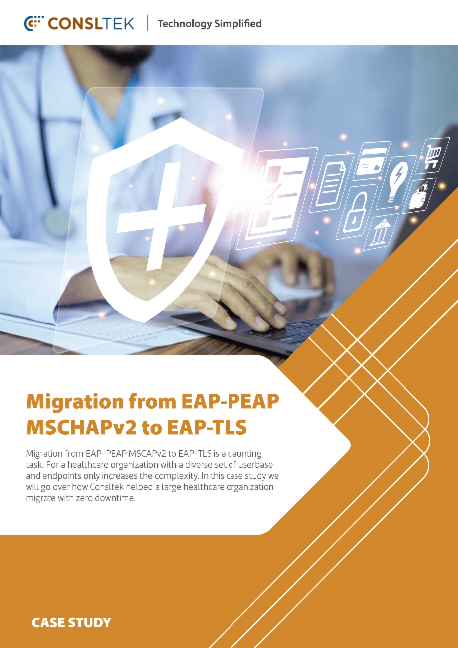In today’s fast-paced business environment, the lines between business functions and technology have blurred. All leaders, in all departments – from marketing and finance to legal, HR, supply chain, and logistics must understand Governance, Risk, and Compliance (GRC) While GRC may initially sound like an IT-specific concern, its ripple effects extend far beyond the server room, directly impacting your department’s operations, budget, and strategic goals.
This guide decodes IT GRC, highlighting the costs of non-compliance and the actions you can take to safeguard your department and the broader organization.
What is IT GRC?
IT GRC (Governance, Risk, and Compliance) represents an integrated framework that aligns technology use with business objectives, manages associated risks, and ensures compliance with industry standards and regulations. It’s not just an IT issue—it’s a business imperative that affects how every function operates and makes decisions.
Why Should You Care About IT GRC?
Understanding IT GRC isn’t just about avoiding technical pitfalls; it’s about protecting the entire organization from potential financial, legal, and reputational damage. Here’s why every CxO should prioritize it:
- Financial Implications:
Failing to comply with regulations can result in significant fines, which often eat into departmental budgets and hinder future investments. For instance, Capital One was fined $80 million due to security lapses. Such penalties can cripple financial planning across the company, impacting how resources are allocated within marketing, HR, and supply chain functions.
- Legal Consequences:
Non-compliance is a legal minefield. Equifax’s 2017 data breach led to a staggering settlement of up to $700 million, highlighting the legal vulnerabilities of poor data governance. Legal battles drain time and resources, drawing the finance team into costly litigation processes, while legal teams scramble to mitigate reputational damage and comply with court mandates.
- Reputational Damage:
Trust takes years to build but seconds to shatter. Data breaches or compliance missteps can erode customer and stakeholder confidence, costing millions in lost business. The Ponemon Institute estimates that data breaches cost companies an average of $4.24 million, largely due to lost sales and diminished brand value. For marketing teams, this translates to diminished returns on campaigns and a tarnished brand image.
- Operational Disruptions:
When compliance fails, it’s not just the IT department that feels the impact—every team is affected. For example, a marketing team’s ability to run data-driven campaigns hinges on the availability of compliant customer data. Interruptions due to compliance violations can halt critical initiatives, leading to missed sales opportunities and delayed product launches. Operational disruptions often leads to financial losses.
- Increased Insurance Costs:
Non-compliance also impacts insurance premiums. Organizations with poor compliance records are seen as high-risk, leading to higher costs for insurance coverage. These inflated premiums can squeeze budgets across departments, forcing difficult trade-offs in operational spending.

Common Challenges in IT GRC
To effectively navigate the GRC landscape, it’s crucial to understand the common hurdles that businesses face:
- Siloed Operations: Departments often work in isolation, which leads to fragmented approaches to compliance. For example, if marketing isn’t aligned with IT on data usage policies, it can inadvertently breach compliance rules, exposing the company to legal risks.
- Manual Processes: Outdated compliance methods—like using spreadsheets for tracking—pose significant risks. These manual processes are prone to errors, making it difficult to stay on top of regulatory changes and increasing the risk of non-compliance.
- Lack of Awareness: Many leaders are unaware of the specific compliance requirements relevant to their operations. For instance, HR might overlook employee data privacy mandates, or logistics might not fully understand data security implications, leading to vulnerabilities.
Best Practices for Implementing IT GRC
To protect your organization and streamline operations, consider adopting the following strategies:
- Define Clear Objectives: Establish what compliance success looks like for your department and align these goals with the organization’s broader business objectives. Understand business and regulatory requirements.
- Foster Cross-Department Collaboration: Promote regular communication between functions. Marketing should work with IT on data governance, finance should collaborate with legal to assess compliance risks, and HR should ensure that employee data is handled in line with regulatory requirements.
- Invest in GRC Technology: Modern GRC tools automate compliance tracking, provide real-time insights, and streamline risk management, making it easier for all departments to stay aligned.
- Continuous Training: Regularly train your teams on the latest GRC developments relevant to their roles. Understanding the risks and compliance requirements helps prevent costly mistakes.
- Ongoing Monitoring: Continuously assess your GRC efforts. Regular audits and real-time monitoring can catch potential issues early, preventing them from escalating into more serious problems.
Final Thoughts: It’s Time to Act
GRC is more than a technical requirement—it’s a strategic priority that touches every aspect of your business. As leaders, it’s crucial to recognize the far-reaching implications of IT GRC and take proactive steps to embed compliance into every facet of your operations. By doing so, you not only mitigate risks but also position your organization for sustainable growth.
If navigating the complex world of IT GRC feels overwhelming, consider consulting with experts who have successfully solved these challenges. Investing in the right guidance can make all the difference in securing your organization’s future.


0 Comments